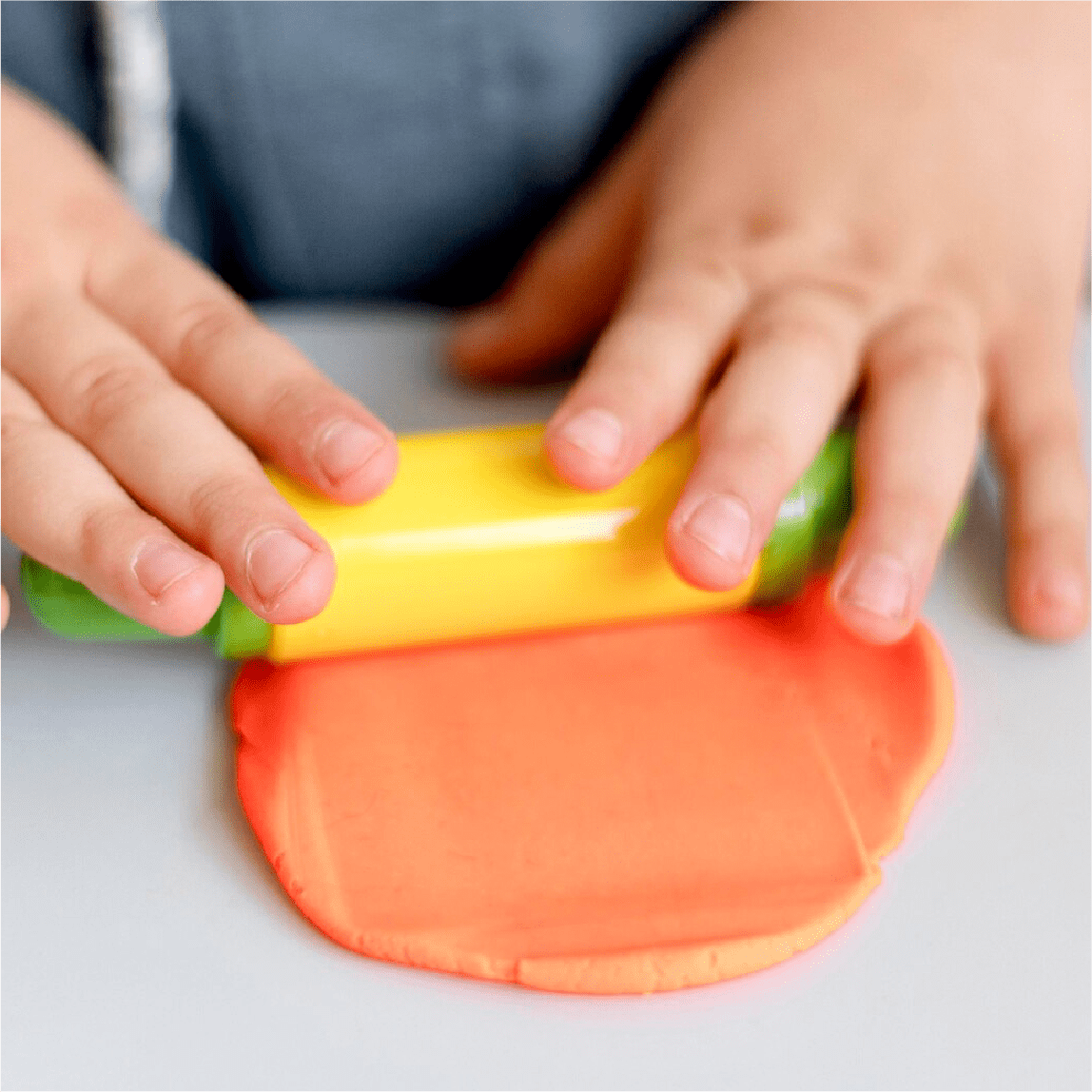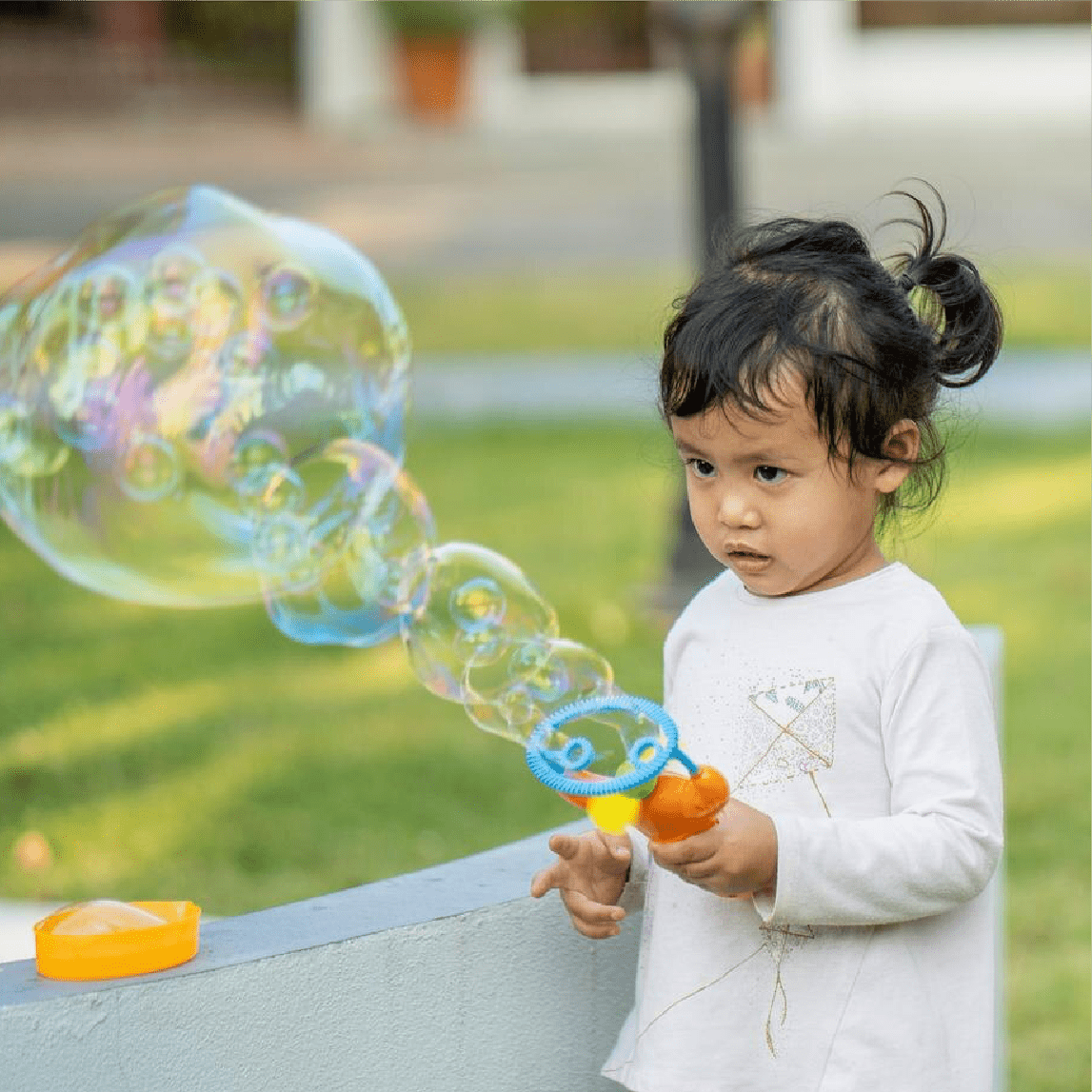Stop Autistic Meltdowns
Before They Start, Part 2
Preventing Meltdowns
The most important way to help autistic individuals manage meltdowns is to prevent them from happening in the first place. Meltdowns always have a cause, so if an autistic child is experiencing frequent meltdowns or if their meltdowns have increased, it’s important to identify the underlying reason. It might be due to a packed schedule, bullying, or inadequate accommodations to cope with sensory overload.

- Identify the Cause: Pay attention to what might be triggering the meltdowns. It could be something simple, like an overwhelming schedule or an environment that’s too stimulating. Once you identify the cause, make the necessary adjustments to their life or schedule.
- Accommodate Sensory Needs: Sensory needs can be unique and specific. Simple changes, like cutting labels off clothes, allowing the use of noise-cancelling headphones, or avoiding places with high sensory stimulation, can make a significant difference. Also, let them stim—it’s a way for them to self-regulate and feel more comfortable.
- Teach Coping Skills: Help autistic children and teenagers develop the skills they need to manage challenging situations:
-
- Lunchtime clubs
- Library time
- Permission to use the computer lab
- Structured playground activities that help your child socialise

Recognise Early Warning Signs
Find out more strategies to help your autistic child recognise their feelings at:
Develop and Practise Coping Strategies
Teach your child what helps them feel calm in difficult situations. Coping options might include:
To calm themselves, an autistic person may:
- Relaxation Techniques: Breathing exercises or muscle relaxation.
- Practical Actions: Leaving class a few minutes early to avoid noisy corridors.
- Sensory Aids: Using headphones for noise or favourite fragrances for smells.
- Enjoyable Activities: Listening to a favourite podcast or playing with a pet.
- Physical Activities: Kicking a football or jumping on a trampoline.
For example, make daily breathing exercises part of their routine, practise using headphones at home when it gets noisy, or discuss with teachers the possibility of your child leaving class 5 minutes early.
Find out more strategies to help your autistic child develop calming strategies at:
Creating a Meltdown Kit
- What kind of toys or activities do they enjoy?
- Can this item help stop or lessen a meltdown?
- Does this item have the texture, shape, or colour they like?
Based on the answers, here are some items you can include in the kit:.

Fidget Toys

Sensory objects (kinetic sand, play putty, slime, stress ball)

Sunglasses

Noise-cancelling headphones

Favourite music

Bubbles

Snacks that are chewy or crunchy.

Favourite toy

Puzzles

Weighted blanket
/vest/lap pad
Resources
Other Reading
Autism Meltdowns: Not Just
a Tantrum, Part 1
Managing Autism Meltdowns:
Before, During, After, Part 3

